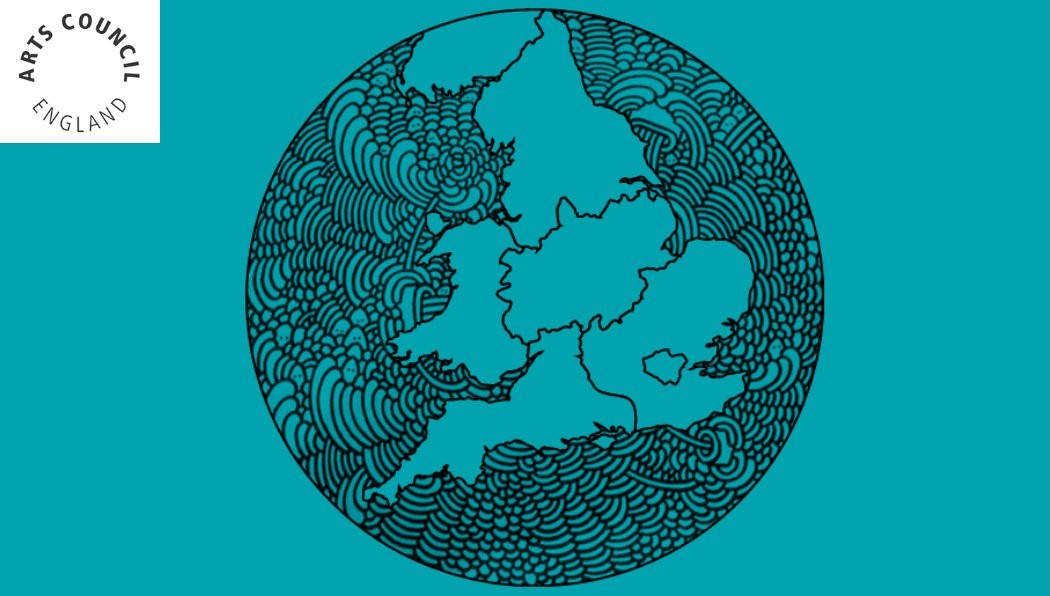What will be the benefits and challenges of the funding restructure for museums?
We plan to integrate funding for museums into our three main funding streams, the National Portfolio, Grants for the Arts and strategic funds. The change is a strong, dynamic response to the challenges and opportunities facing museums, as well as arts organisations and libraries.
At a time when public funding for museums is limited, our new approach to investment will provide new sources of funding for a wide range of accredited museums. Of course, museums will need to compete for funding with a wide range of arts organisations and libraries. But I know museums well enough to be confident they can do this – helping to achieve the strategic goals set in the Arts Council’s 10 year strategy, Great and Culture for Everyone. The changes will allow the Arts Council to make strategic decisions about how best to invest in arts and culture across the length and breadth of the country. They will also stimulate collaboration between museums, libraries and the arts.
What have been the fundamental findings of the consultation and subsequent ComRes report?
More than 1,000 organisations and individuals responded to our consultation process; a fantastic cross-section from across the museums, arts and libraries sectors. The sector was broadly supportive of the Arts Council’s proposed changes but had lots of questions about detail. Questions from museums often focused on whether the Arts Council really understood the ‘museum-ness’ of museums – their range of collections, operating models and so on. We have worked hard to make sure that the plans we’ve published today are to the benefit of museums. Myself, and other museum specialist staff at the Arts Council, are helping to develop detailed plans and guidance for the new funding.
What does it mean when ACE says that museums and libraries will part of the Arts Council’s investment portfolio?
Accredited museums will have access to the Arts Council’s full range of funding streams, such as the National Portfolio, Grants for the Arts and Culture and strategic funds, rather than having separate, smaller funds dedicated to museums. Library services will also be able to access funding for arts and cultural activity across these funding streams, but not for their core services, which are funded by Local Authorities.
How will the main changes from this restructure impact on museums?
One of the most significant changes for museums is that we will integrate funding for Major Partner Museums into our National Portfolio. That means that accredited museums and galleries in England can apply to be NPOs with four years of regular funding. We recognise that NPO funding won’t be right for all museums, but for some it will provide valuable strategic support, perhaps at a point of change and development for their organisation.
The second is that our largest fund, Grants for the Arts, will be open to support a range of museum activity from January 2018, and will be renamed Grants for the Arts and Culture. This National Lottery supported flexible fund won’t be accessible to NPOs, but will be of real interest to other museums. It has a broad remit – to develop great art and cultural activity for everyone – and it will be open to applications for between £1,000 and £100,000 on a rolling basis. This is a significant new potential source of funding for museum activity.
The third is that Arts Council England will open a wide range of its strategic funds for 2018-22 to museums. These funds will focus on areas which include building resilience, diversity, and ensuring that great culture is accessible to the widest possible audience. We will make further announcements from October about the strategic funds that will be open to museums.
The report says there is support for the integration of arts, museums and libraries, however, it also says there are reservations about Grants for the Arts funding, especially in the event that the amount of funding available for this programme is not increasing. How has this been addressed by the Arts Council?
This is our most flexible source of funding, making more than 4,000 grants every year. We are in the process of developing a strategy and contingency plan to meet the demand of future applications.
How will the restructure of ACE’s funding assist museums post-Brexit when it has been speculated there will be further tightening of government purse strings?
We have taken away boundaries between our different funding sources, making new funding available to museums for the first time. And it will allow us to make strategic decisions about arts and cultural funding that are right for individual places. It’s a dynamic response to the environment museums and arts organisations are operating in. I’m proud to work for an organisation that is responding so strongly.
How will the new investment structure promote diversity away from London and reach communities where there has been scarce investment in the past?
Diversity is at the heart of our strategy and will be an absolute priority in our decision making. The changes will allow us to reach wider audiences, in more parts of the country; to make the right choices for people across England.











